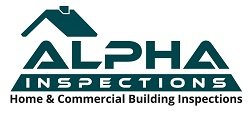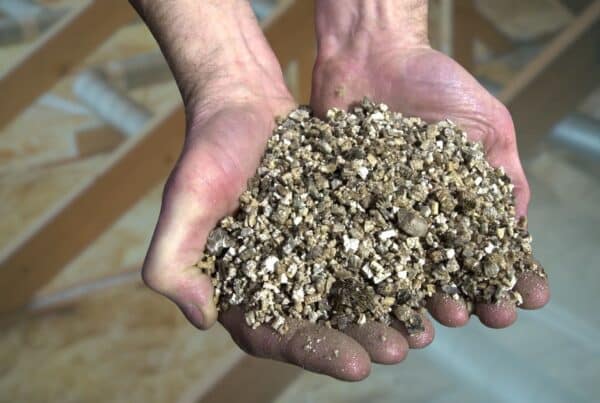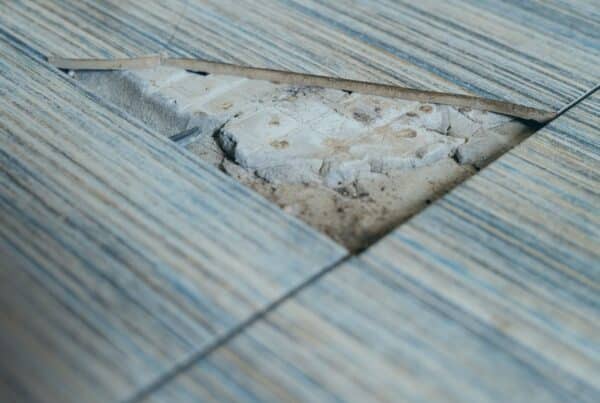
If your home inspector or other safety authority found signs of a petroleum leak on your property, you are not alone. Many homes in New Hampshire still rely on aboveground and underground heating oil tanks.
When these systems age or corrode, leaks can happen. Cleanup can be expensive, but the state offers financial help through the Petroleum Reimbursement Fund.
This program is managed by the New Hampshire Department of Environmental Services. It helps homeowners and commercial property owners cover approved cleanup costs when they follow required safety steps and submit complete documentation.
This guide explains who qualifies, how to file, and serves as a resource you can use if your report notes a petroleum release or concerns that may lead to one.
What Is the Petroleum Reimbursement Fund?
The Petroleum Reimbursement Fund is a state program that provides financial support for eligible cleanup after petroleum contamination.
It exists because petroleum can spread through soil and water, creating risks for homes, wells, and the surrounding environment.
New Hampshire uses this fund as a safety tool to help property owners manage unexpected cleanup costs. It is not the same as homeowners insurance.
Instead, it acts as a type of extra protection when the leak is documented and handled properly.
Cleanup may involve:
- Removing contaminated soil
- Pumping or redirecting groundwater
- Collecting samples
- Running lab tests
- Replacing pipes or damaged components
- Installing or reading monitoring wells
- Documenting work for state review
Costs add up quickly. The reimbursement fund reduces financial pressure and encourages owners to follow proper petroleum safety procedures.
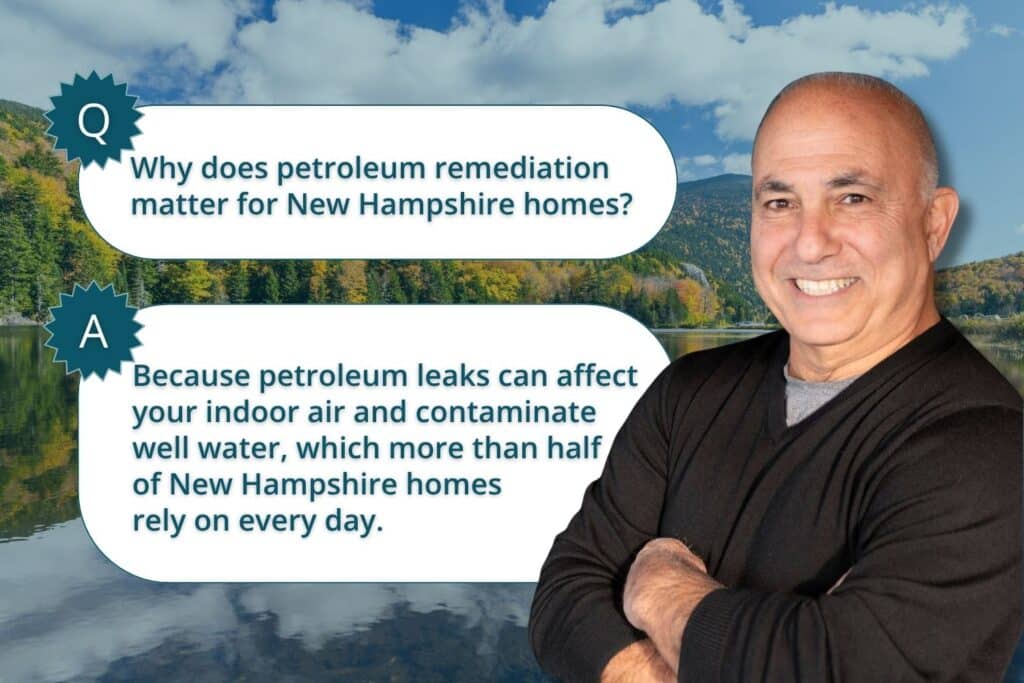
Why Petroleum Safety Rules Are Important
New Hampshire has detailed petroleum safety standards because heating oil, gasoline, and other fuels can create long term issues if they leak into the ground.
Groundwater contamination is one of the most common environmental problems the state deals with.
Petroleum safety rules exist to:
- Protect drinking water
- Prevent vapor entry into homes
- Reduce environmental damage
- Encourage responsible maintenance
- Ensure cleanup is handled correctly
According to EPA data, most petroleum releases come from aging system components.
Many tanks installed decades ago are now beyond their typical service life. New England’s climate also speeds up corrosion because metal tanks are exposed to moisture, freeze and thaw cycles, and temperature swings.
Following safety rules helps ensure cleanup will qualify for reimbursement and reduces the likelihood of future releases.
Common Causes of Petroleum Leaks in New England
In homes across New Hampshire, Massachusetts, and Maine, the most frequent causes include:
- Old or rusted steel tanks
- Corroded supply and return lines
- Failed tank supports
- Water resting against the tank
- Under slab lines that have deteriorated
- Loose fittings
- Improper vent or fill placement
- Delivery spills
- Excavation work that accidentally hits a line
Heating oil tanks generally last 15 to 20 years. Many homes still rely on tanks that are older than that.
Older systems are far more likely to fail, especially when moisture collects around the tank or when the tank is installed in a damp basement or crawl space.
When a leak happens, state law requires a clear reporting and cleanup process.
Who Qualifies for Petroleum Reimbursement?
You may qualify for reimbursement if your situation meets specific program requirements. The fund is intended for property owners who:
- Experienced a confirmed petroleum release
- Reported the release promptly
- Followed state cleanup procedures
- Used approved testing and documentation
- Submitted complete records
- Maintained the system to reasonable safety standards
Both residential and commercial properties may qualify.
Qualification also depends on:
- Whether the leak occurred from an eligible source
- Whether cleanup followed approved methods
- Whether the system was properly installed and maintained
- Whether the owner corrected violations during the process
- Whether all cost documentation is complete and accurate
Missing records or unapproved cleanup changes often delay approval.
What the Petroleum Reimbursement Fund Covers
The fund helps pay for cleanup work directly tied to the petroleum release. Costs may include:
- Contaminated soil excavation
- Removal and disposal of affected materials
- Groundwater sampling
- Environmental lab testing
- Contractor labor
- Site documentation
- Monitoring wells and readings
- Replacement of damaged system components
These costs vary widely depending on where the leak occurred and how far contamination spread.
The state reviews every invoice to determine which expenses qualify. Work must follow petroleum safety rules to remain eligible.
What the Fund Does Not Cover
The fund generally does not cover:
- System upgrades unrelated to the release
- Property value loss
- Violations that were not corrected
- Work completed before the release was reported
- Incomplete or missing documentation
- Work done without state oversight
If a tank was installed incorrectly or ignored during known issues, reimbursement may be limited.
Why Your Home Inspection Matters
A home inspection helps document the condition of your heating oil system and surrounding areas. Inspection findings help clarify what existed before the release and whether components may have contributed to the leak.
Inspectors commonly document:
- Tank age and condition
- Rust or moisture exposure
- Tank supports and footing
- Piping layout
- Vent and fill location
- Corrosion on fittings
- Soil grade around exterior tanks
- Access limitations for contractors
- Visible staining
This documentation adds clarity to NHDES reporting and helps support the financial side of your claim.
Home inspections also help identify petroleum safety risks early. Many owners do not realize their tanks are nearing the end of their life. Early discovery prevents leaks and protects groundwater.
Filing a Petroleum Claim: Step by Step
The Petroleum Reimbursement Fund has a clear filing process. Following each step closely helps avoid delays and makes the experience smoother.
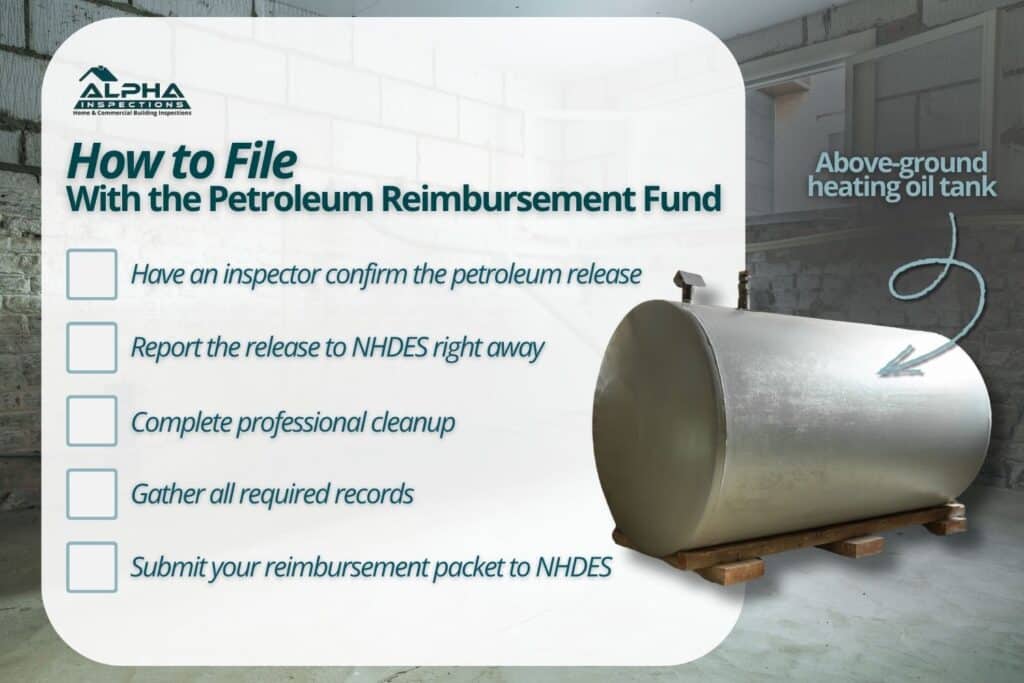
Step 1: Confirm the Petroleum Release
A release must be verified. It may be confirmed through:
- Visible leaks
- Odors near the tank
- Staining on soil or concrete
- Corrosion that has penetrated the tank
- Environmental sampling
- Test results from a contractor
Do not disturb the area until a professional confirms the next steps. Even a small release can spread underground.
Step 2: Report the Release to NHDES
New Hampshire requires prompt reporting of petroleum releases. Reporting triggers:
- Assignment of a case manager
- Safety guidance
- Review of system information
- Confirmation of cleanup steps
Immediate reporting increases the likelihood of reimbursement approval.
Step 3: Begin Approved Cleanup Work
Cleanup must follow the state’s petroleum safety requirements. Depending on the situation, cleanup might include:
- Removing contaminated soil
- Pumping contaminated water
- Running tests on groundwater
- Installing monitoring wells
- Removing failed tank parts
- Replacing lines or fittings
- Removing or relocating the tank
Each step must be documented by qualified professionals. Using contractors without proper training may result in denied reimbursement.
Step 4: Keep All Documentation
Documentation is one of the most important parts of the reimbursement request. Save:
- Contractor proposals
- Final invoices
- Soil and water lab results
- Monitoring well results
- Photos before and after cleanup
- Disposal receipts
- Payment proof
- Notes from contractors
- Inspection reports if available
NHDES reviews these documents to confirm what work was required and completed.
Step 5: Complete Testing and Final Cleanup Requirements
Before filing, all required testing and monitoring must be finished. This may involve:
- Confirming that contamination levels have decreased
- Testing soil at the limits of the excavation
- Checking groundwater after pumping
- Verifying that no contamination is migrating
Final documentation must show that cleanup meets state standards.
Step 6: Submit Your Reimbursement Request
When all cleanup work is complete, submit your packet to NHDES. Your packet should include:
- The initial release report
- All cleanup documentation
- Testing and lab results
- Receipts and invoices
- Notes from professionals
- Photos and maps if available
NHDES reviews the information to determine which costs qualify.
Processing times vary depending on volume and completeness. Accurate and organized records speed up review.
Typical Cleanup Costs in New Hampshire
Costs range depending on the location of the tank, type of release, and soil conditions.
| Cleanup Task | Typical Cost Range |
| Soil excavation | 2,000 to 8,000 dollars |
| Groundwater sampling | 300 to 1,200 dollars |
| Lab testing | 200 to 800 dollars |
| Component replacement | Varies |
| Disposal fees | 150 to 600 dollars |
| Monitoring wells | 800 to 2,500 dollars |
These are typical numbers seen across New England. Cleanup can be more expensive if contamination is deep or if a well is nearby.
Safety Considerations After a Petroleum Release
A petroleum release can affect:
- Soil around the home
- Groundwater quality
- Air quality in basements
- Vapor entry points
- Structural materials
- Nearby drinking water sources
Safety steps include:
- Keeping people away from contaminated soil
- Following state guidance
- Avoiding digging or disturbing affected areas
- Preventing water from pooling near the tank
Do not attempt to remove contaminated material yourself. Always contact a qualified professional.
Related Questions
Can I file a claim if cleanup is still in progress?
Most claims require final documentation, so filing typically occurs after cleanup is complete.
Does every petroleum release qualify?
Eligibility depends on documentation, safety compliance, and system history.
Can I replace my tank during cleanup?
Yes. Many homeowners choose to replace old tanks to reduce future risk.
Will insurance cover the cost?
Most policies do not cover pollution cleanup. The state fund helps fill this gap.
Can I file if I plan to sell my home?
Yes. Cleanup records help protect property value and support disclosure.
When to Call a Professional
Call an inspector or contractor if:
- You notice odors near the tank
- The tank is older than 20 years
- You see staining or corrosion
- Your inspection report shows concerns
- You need documentation for NHDES
- A release was recently confirmed
Alpha Building Inspections provides detailed reports that help property owners understand system risks and prepare accurate reimbursement filings.
Petroleum Reimbursement Fund
Visit the New Hampshire Department of Environmental Services page to view current guidance, forms, and reimbursement details.
Open Official NH DES PageConclusion
The Petroleum Reimbursement Fund is a safety authority that helps New Hampshire property owners handle the cost of cleanup when contamination occurs.
Following petroleum safety rules, reporting the release, and keeping thorough documentation are the keys to a successful claim.
If your inspection found issues with your heating oil tank or signs of a possible release, use this guide to understand next steps. Alpha Building Inspections is here to help you document your property and move through the process with confidence.
